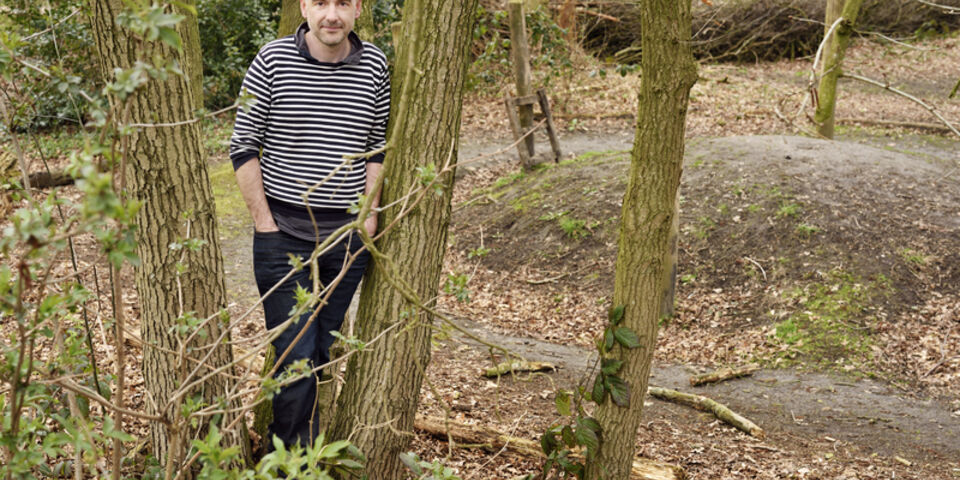‘Basic budget for scientists is workable'
The competition for research grants is fierce and the losers are legion. This has prompted TU/e researcher Krist Vaesen (Philosophy & Ethics) to propose that research funds be distributed more equally. Some kind of ‘basic budget’ for all qualified scientists should be possible, he and a colleague reason in an article that appeared last Friday evening in the online journal PLOS ONE.
More and more research funding is distributed in the form of large grants, for which only a small percentage of top-flight scientists are eligible. For the large majority of researchers, this makes it increasingly difficult to find funding for their plans. Moreover, it is debatable whether this approach makes optimum use of research funding. There are indications, it is claimed, that the return per euro is actually higher in smaller projects. What's more, scientists currently invest a great deal of (research) time in writing research proposals, only a small percentage of which secure funding.
An alternative would be to have a kind of 'basic budget', whereby the available budget is distributed proportionally among all qualified scientists. According to technology philosopher Krist Vaesen, an assistant professor at the Philosophy & Ethics research group within TU/e 's IE&IS department, one of the most cited arguments against a basic grant of this nature is the fear that it would not enable scientists to independently hire PhD candidates or postdoc researchers, let alone buy equipment or attend conferences.
In an article in the journal PLOS ONE, writing with colleague Joel Katzav (University of Queensland, Australia), he refutes this assertion. Using calculations, the authors demonstrate that there are sufficient funds for the current scientists to appoint on average the same number of PhD candidates and postdocs while leaving - in the authors' eyes - a significant budget per person for equipment and travelling.
Not obvious
This finding is less obvious that it may seem, Vaesen is keen to stress. “This is because we have included only secondary funding. This proved enough to also provide funding for the PhD candidates and postdocs who are currently being financed by primary funding and other public and private funding.” (Secondary funding refers to the grants for specific projects awarded by research organizations such as NWO and the European Research Council. Primary funding refers to central government's funding of universities, and 'other public and private funding' includes primarily contract research carried out for industry, and philanthropy.)
“The critics' fear hinges on the notion that the current budgets are too limited to give everyone a slice of the pie without those pie slices becoming unworkably small.” But that, says Vaesen, really isn't a problem at all, at least in the countries studied - the Netherlands, the United States, Great Britain. Even if a distinction is drawn between the 'cheaper' disciplines (such as law and languages) and the ‘more expensive’ ones (such as technical and medical sciences). In the Dutch situation a scientist in this more expensive category would be left with some thirty thousand euros a year with which to purchase equipment and attend conferences.
As Dutch scientists - namely assistant and associate professors and full professors - on average have access to the services of only 0.89 PhD candidates and 0.41 postdocs, under a system of proportional distribution it would make sense to collaborate in small teams, whereby basic grants could be pooled. In their article the authors give the example of teams of five scientists. “It's simply a question of multiplication,” Vaesen admits. “But we have done this for the reader's convenience: it makes it immediately apparent that a small research team has a considerable budget.”
60 percent
Should a proportional distribution of research funding prove a step too far, intermediate solutions would of course be possible. As an example Vaesen and Katzav present a system in which the chance of gaining a grant is about 60 percent (currently it is often no more than 10 to 15 percent). This prevents the large majority of proposals ending up in the waste paper basket. Under this regime a scientist in an expensive discipline would have some eighty thousand euros to spend each year. Furthermore, the authors suggest that - for optimal efficiency - the applicants could be selected solely on the basis of their resume.


Discussion